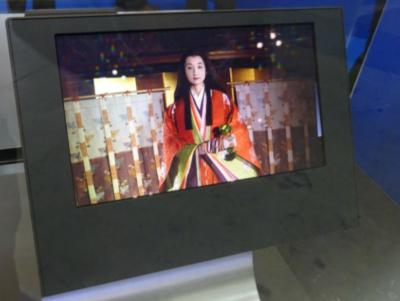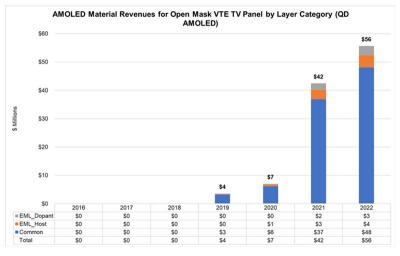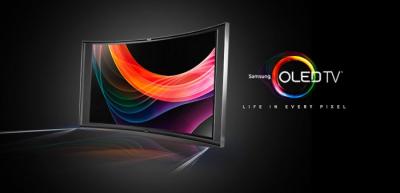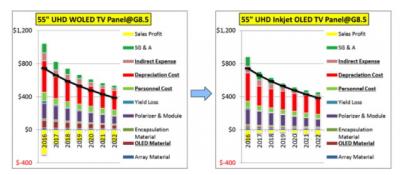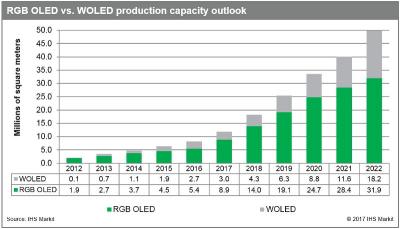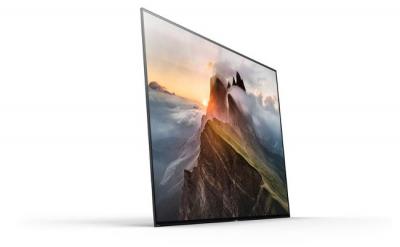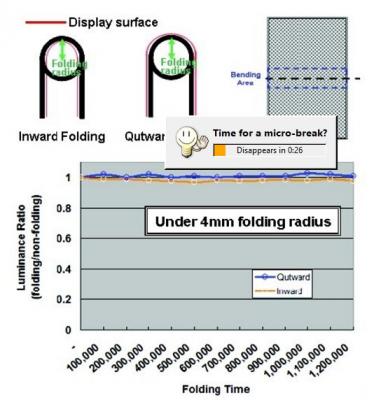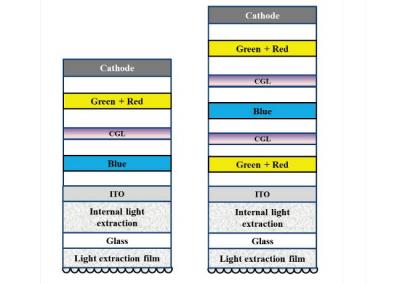IHS: Ink-Jet printing to finally become a mass production OLED production process in 2020
IHS says that ink-jet printing of OLED displays is finally ready to enter mass production in 2020. Production will begin at a rate of around 105,000 yearly substrates (209,000 sqm) in 2020, but will grow 12-fold within 4 years to reach 1.3 million yearly substrates in 2024 (or 7.3 million sqm).
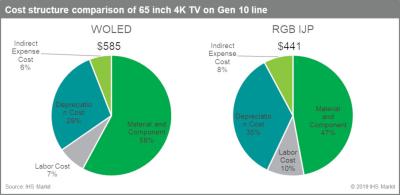
The first producer to begin mass production using ink-jet printing will be JOLED who will enter mass production in 2020 (it already produces panels but at very low volume). OLED makers in China will quickly follow JOLED with mass production investments starting in 2020 or 2021.


